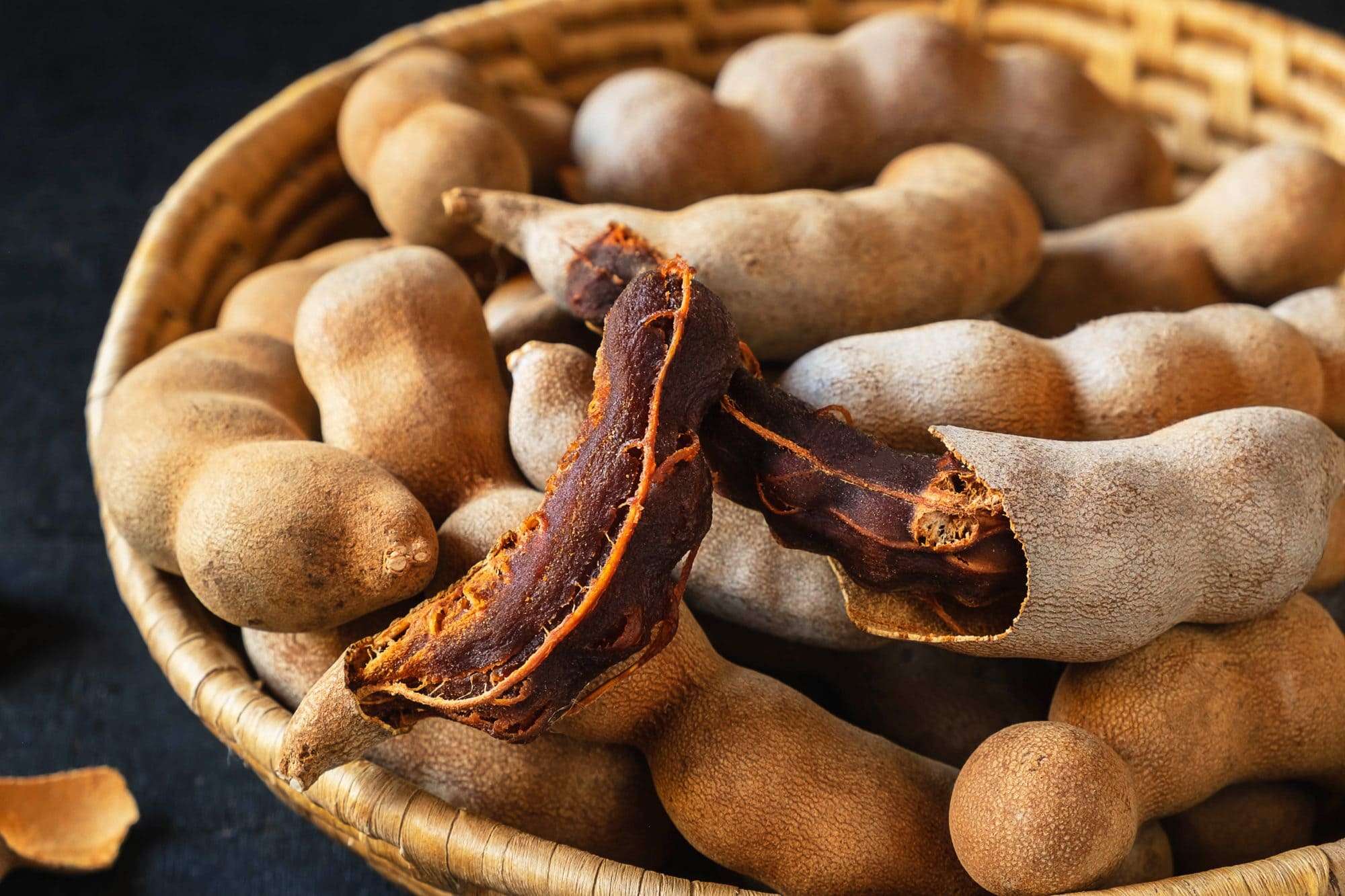tamarind
A sweet, sour pulp that is found in the brown, pod-like fruits that the tamarind tree produces is utilised in foods all around the world. The pulp is also used as a metal polish and in conventional medicine. Tamarind seed oil can be made from the tree’s seeds and its wood can be utilised for carpentry. Indian and Filipino cuisine use tamarind’s sensitive young leaves.

इमली
التمر الهندي
罗望子
タマリンド
Tamarindo
Tamarinde
Tamarin
Tamarind
Tamarin
specifications
GENERIC NAME | Tamarind(Imli) |
BOTANICAL NAME | Tamarindus indica |
FAMILY | Fabaceae |
FORM | Whole, crushed, powdered |
HARVESTING SEASON | March – April |
PART USED | Fruit, leaves, wood |
AREA OF CULTIVATION | Madhya Pradesh, Andhra Pradesh, Tamil Nadu and Karnataka |
PACKAGING AND LABELLING | AS PER BUYER REQUIREMENT |
COA |
uses and benefits
- Helps in weight loss: Tamarinds are fat-free and high in fibre. Tamarind includes flavonoids and polyphenols, thus it may potentially help with weight loss, according to studies.
- Prevents peptic ulcers: Peptic ulcers can cause excruciating discomfort. These are essentially lesions that develop in the small intestine and stomach’s inner lining. The tamarind fruit, which contains polyphenolic chemicals, can stop these ulcers from occurring.
- Effective in managing diabetes: Tamarind seed extracts have anti-inflammatory properties, and some reports claim that they can regulate blood sugar levels and repair pancreatic tissue damage in people with diabetes. Tamarind also contains the enzyme alpha-amylase, which has been shown to lower blood sugar levels.
- Aids a healthy heart: Fruits like tamarind are excellent for the heart. Tamarind contains flavonoids that reduce levels of “bad” LDL cholesterol and increase levels of “good” HDL cholesterol, preventing the blood from becoming clogged with triglycerides, a type of fat. Additionally, it has a lot of potassium, which might lower blood pressure.
